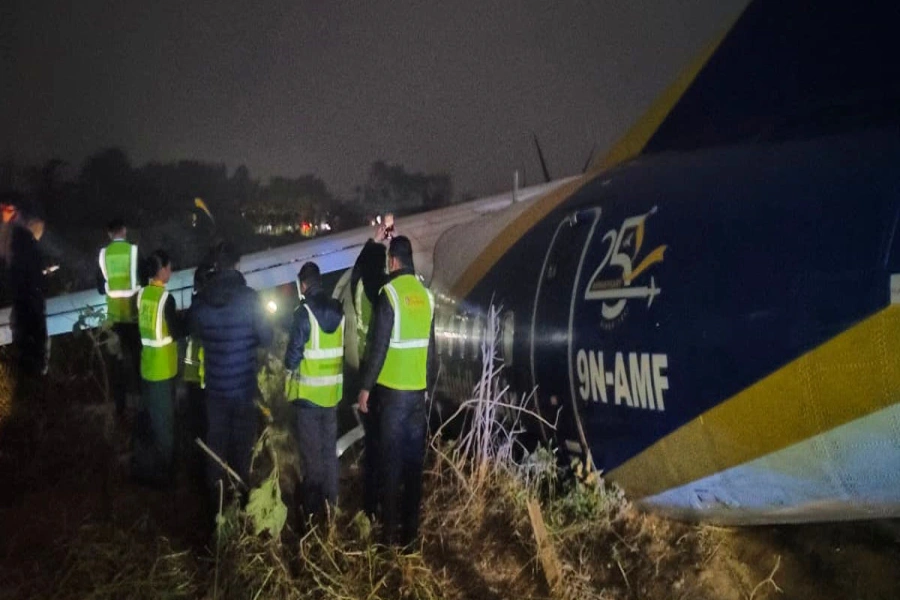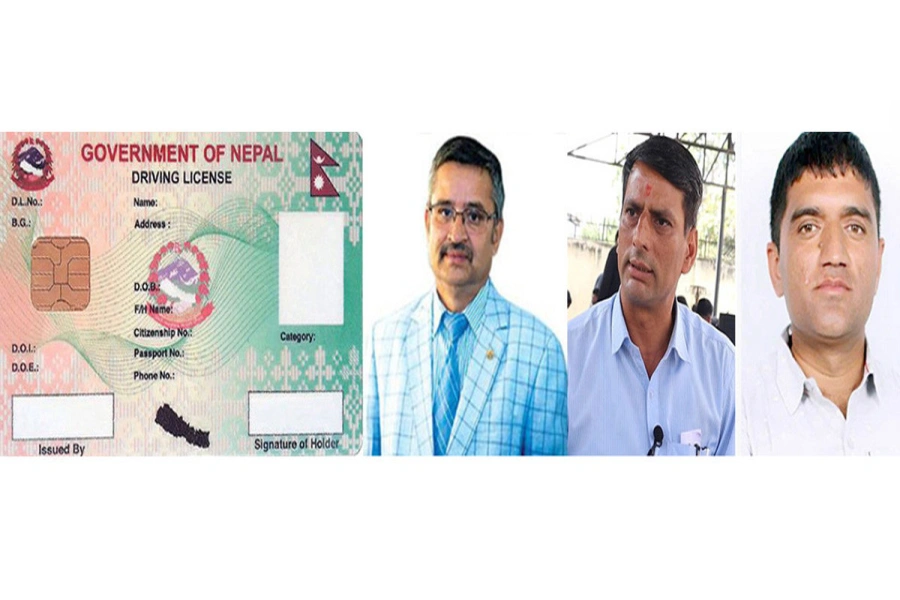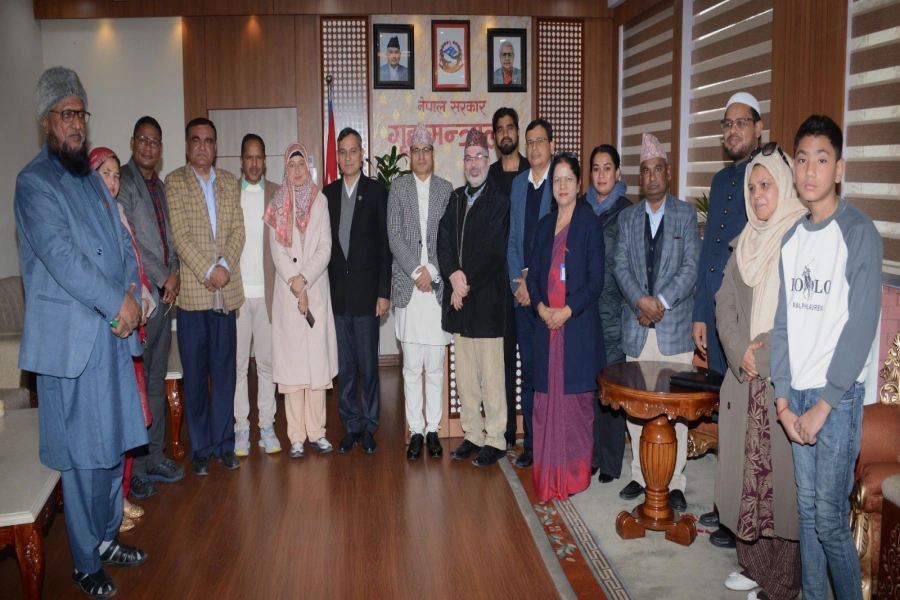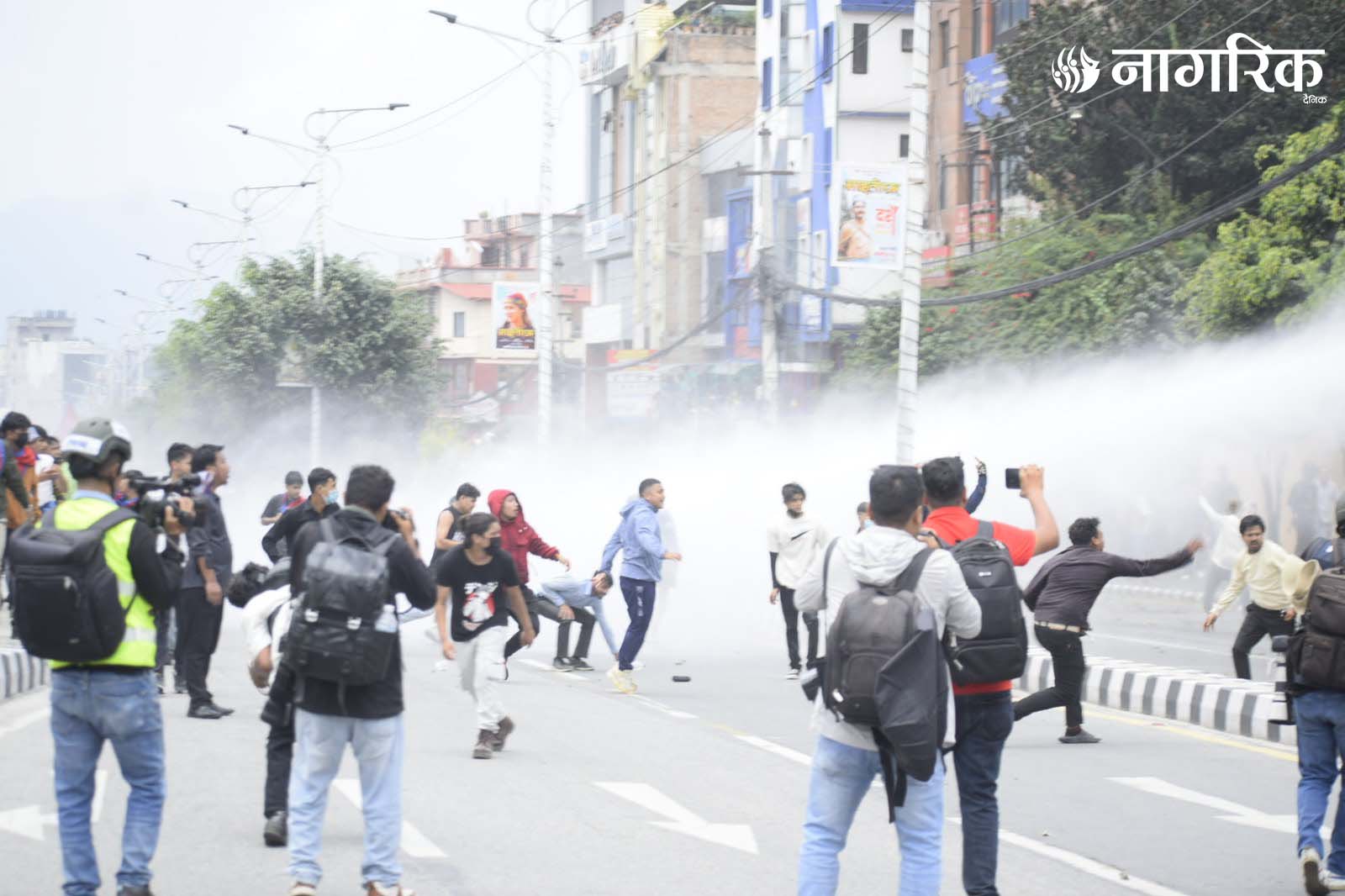KATHMANDU, July 29: Following an agreement between Nepal and China to open seven border points and construct two dry ports, locals of Olangchungola, a remote village in eastern Nepal, had expressed their full commitment to supporting the government in operating the border point in their region. However, even after nearly a decade, the border point has not come into operation. Similarly, the Kimathanka border point also remains closed.
Despite the government's long-standing announcement to open the Kimathanka border—considered a strategically important route under the proposed Koshi–Lhasa highway connecting Nepal and China—there has been no progress even after a long time.
During his visit to China in December, Deputy Prime Minister and Finance Minister Bishnu Paudel had urged the Chinese government to open the Olangchungola and Kimathanka border points. In response, China agreed to prioritize the request and sent an official letter to Nepal’s Ministry of Foreign Affairs asking for a detailed proposal and requirements. However, the ministry has yet to reply.
Foreign Ministry spokesperson Lok Bahadur Poudel Chhetri said the matter is still under regular process and therefore taking time. “The issues you've mentioned are likely progressing through regular channels. There’s no specific update available at this point—I’ll need to look into it,” he said.
Jhulaghat border point along Nepal-India border to remain open...

After China requested a proposal to open the border points, Nepal’s Consulate General in China forwarded China’s letter to the Foreign Ministry on December 24, 2024, along with the requested documents. Yet, eight months later, Nepal has not responded.
“In line with Finance Minister Bishnu Paudel’s meeting with Chinese State Councilor He Lifeng, where Nepal requested support for upgrading Nepal–China border points, China’s Ministry of Commerce sent a letter on November 29, 2024. The letter is attached herewith,” wrote Commercial Attaché Sabin Bhattarai while forwarding the letter. In that letter, the Chinese side also requested Nepal to provide an opening plan for the Kimathanka and Olangchungola border points. This is being forwarded for necessary action and information.
Observers say the Ministry of Foreign Affairs' failure to respond in eight months reflects negligence. “Nepali leaders go to China and repeatedly request border openings. China responds promptly and positively. But Nepal remains unresponsive for months. The Foreign Ministry seems to be the main hurdle,” said an official at the ministry.
Currently, the Kimathanka border point remains inconsistently open and closed. China has proposed building all necessary physical infrastructure there. After COVID-19 restrictions, 14 border points with China, including Kimathanka in Sankhuwasabha, were reopened in mid-May 2025. These were initially shut by China on 19 January 2020 amid fears of virus transmission.
While Finance Minister Bishnu Poudel has shown interest in upgrading these points, the Foreign Ministry remains unresponsive. “It’s been eight months since the letter was received. We don’t know why the reply has been delayed,” said a ministry official.
The Olangchungola border point is not only important for locals in northern Taplejung but is also the shortest overland route from Nepal to Tibet. The distance between the district headquarters Phungling and the border point at Tipta La Pass is only 136 km. Of this, 114 km is from Phungling to Olangchungola, and another 22 km to Tipta La. So far, 41 km of road has been opened and is operational for one-way traffic.
Locals from Bhotkhola and Makalu rural municipalities benefit the most from the Kimathanka border point. With border passes and ID cards, they regularly cross into China to purchase daily essentials. The border point also supports local livelihoods by enabling access to goods and employment.
Although a customs office was established in Kimathanka in 1978, it was relocated to Khandbari in 2000 due to the Maoist conflict and other challenges. The distance between Khandbari and Kimathanka is 162 km, but road connectivity has yet to reach the area. The government is currently working to extend the road network.







































